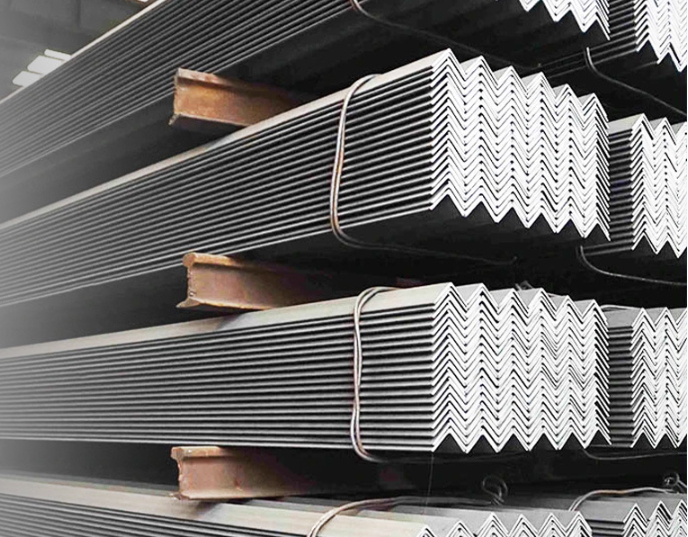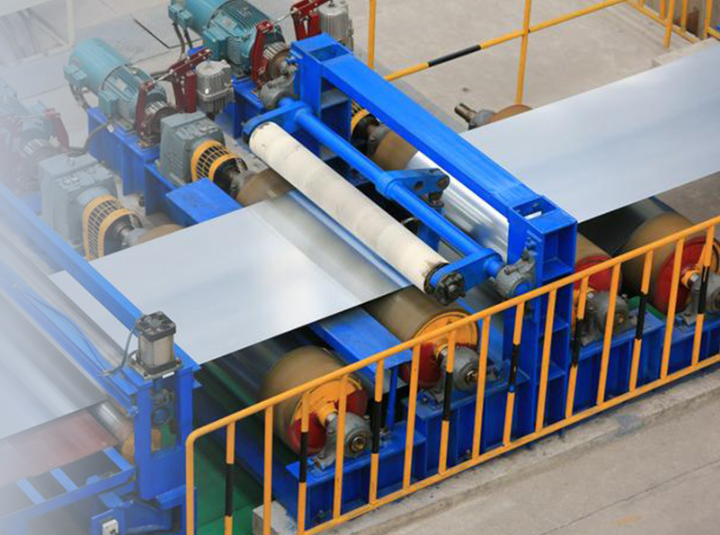A Comprehensive Comparison Between Carbon Steel And Stainless Steel
Upload Time:
Sep 29, 2023
Carbon steel and stainless steel are two commonly used metal materials, playing an important role in both industrial production and daily life. Although they all belong to the category of steel, there are significant differences in composition, performance, use, etc. At the same time, they also have some things in common that make them interchangeable in some situations. We will shed light on the things they have in common as well as the differences that matter to your choices when you need the right type of steel to achieve certain goals.
Carbon Steel vs. Stainless Steel: Composition
From the point of view of composition, the difference between carbon steel and stainless steel mainly lies in the content of alloying elements. Carbon steel is mainly composed of iron and carbon, with the carbon content ranging from 0.0218% to 2.11%, and also containing smail amounts of silicon, manganese, sulfur, phosphorus and other elements. Stainless steel is based on iron, with added elements such as chromium and nickel, which significantly improves its corrosion resistance. The chromium content is at least 10.5%, while the nickel content varies depending on the stainless steel type.
Carbon Steel vs. Stainless Steel: Strength and Hardness
Carbon steel generally has an advantage over stainless steel when it comes to strength and hardness. Due to its higher carbon content, carbon steel has a denser structure, making it a more suitable choice where it needs to withstand greater stress and wear. In addition, carbon steel can also be quenched and heat treated to make it more durable. Although stainless steel has a slightly lower hardness, it has better plasticity and toughness, and is more suitable for situations where a certain strength and good ductility are required.Carbon Steel vs.
Stainless Steel: Corrosion Resistance
Compared with carbon steel, the most outstanding feature of stainless steel is its excellent corrosion resistance. Due to the abiity to form a chromium-rich oxide film on its surface, stainless steel has far better corrosion resistance than carbon steel in harsh environments. However, this superior corrosion resistance also makes the processing of stainless steel more difficult, requiring specialized tools and processes. Relatively speaking, although carbon steel has poor corrosion resistance, it has greater strength and hardness and is easier to process.
Carbon Steel vs. Stainless Steel: Use and Application
In terms of uses, carbon steel and stainless steel also have their own emphasis. Carbon steel is mainly used to manufacture various large mechanical equipment, springs, wheels, etc. Its excellent processing performance and low cost make it widely used in the industrial field. Stainless steel is widely used in construction, decoration, chemical industry, medical and other fields because of its excellent corrosion resistance. The application of stainless steel is particularly prominent in the construction field, such as curtain walls, side walls, roofs, etc. At the same time, the hygienic performance of stainless steel also makes it widely used in food processing, medical equipment and other fields.
Carbon Steel vs. Stainless Steel: Appearance and Maintenance
In some application scenarios, the appearance of the material is also an important decision-making factor. Stainless steel is favored for its bright surface and modern metallic luster, and is suitable for occasions where aesthetic effects are required. Carbon steel, on the other hand, is rougher and suitable for applications where appearance is not critical. The biggest feature of stainless steel is that it is easy to maintain and not prone to rust, corrosion and discoloration. Regular cleaning is required to avoid limescale and stains that may affect the appearance. At the same time, stainless steel cannot be scratched with metal wire balls or other similar hard objects to avoid scratching the surface. Carbon steel requires relatively more maintenance, especially to prevent rust. Surface grease and stains need to be cleaned before use, collisions and frictions should be avoided to prevent scratching the surface. At the same time, we should pay attention to moisture-proofing and ventilation during storage.
Carbon Steel vs. Stainless Steel: Similarities
Although carbon steel and stainless steel differ in things including composition, properties, and uses, they also have some things in common. First of all, they are all metal materials based on iron and have the general characteristics of metals, such as electrical conductivity, thermal conductivity, etc. Secondly, they can all be processed and formed through heat treatment, forging, welding and other processes, and have good processability. In addition, with the advancement of science and technology and the development of technology, the types and properties of carbon steel and stainless steel are constantly being improved to meet the needs of different fields.
Carbon Steel vs. Stainless Steel: Which To Choose
When choosing between stainless steel and carbon steel, the first thing to consider is the material's performance requirements. Based on the actual application scenario, evaluate the load, wear degree, and corrosion resistance requirements that the material needs to bear to determine which materiali can better meet the performance requirements. Cost is another important consideration when selecting materials. Stainless steel is generally more expensive due to its high quality, while carbon steel is relatively economical because it is more readily available and less expensive to process. Carbon steel may be a more suitable choice for a limited budget. However, it is important to note that while stainless steel has a higher initial cost, it has a longer lifespan and may be more economical in the long term.
Summary
In general, carbon steel and stainless steel have significant differences in composition, performance, use, etc., which make them have their own advantages and applicabiity in different situations. However, they also have some things in common that make them interchangeable in certain situations. In practical applications, we need to select appropriate materials based on specific needs and scenarios to give full play to their performance advantages. At the same time, with the advancement of science and technology and the development of technology, we have reason to believe that the performance and application fields of carbon steel and stainless steel will be further expanded and improved in the future.
Relevant News







